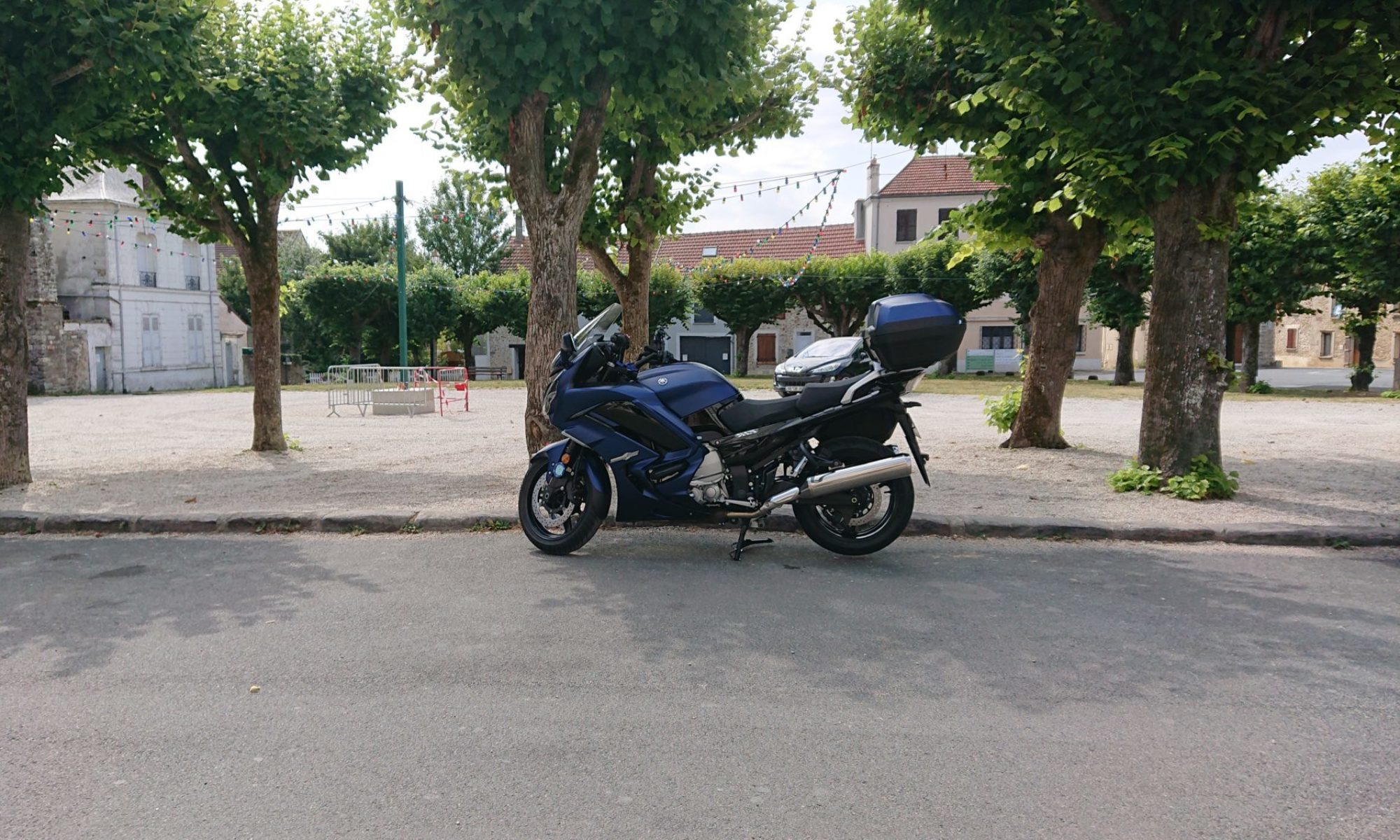There is always a tyre inflator on my bike. So, which ones are on my bikes…
As to tyre inflators, there are pros and cons to both – Yes, I have both and much prefer the Battery ones as I don’t need to run the bike (hot exhausts) and fit higher draw 12v electrical sockets on the bike. Don’t use the 12v socket in the glove box you’ll blow the fuse!
Battery (lithium-ion) inflators are the most convenient and some can also be used as a 12v and/or USB charger. They usually come with LED screens, are usually very accurate and are easy to operate.
The battery inflator on the FJR is used every day to check the tyre pressures on the bike I’m riding that day (yes, I check the cold tyre pressures every day. I believe tyres are that important) and recharged every week (more often if required). It is now over 4 years old and, because it is being exercised regularly, the battery is in good condition and will inflate a motorcycle tyre from flat more than twice on a single charge – DAMHIK! This one will fit under the seat of a 2019 FJR:

FJR: https://amzn.to/3mSRhns – Oasser Tyre Inflator Electric Bike Pump LCD Display with Rechargeable Li-Ion Battery LED Light 150PSI 12V Black
I have a second battery tyre inflator that has just given up the ghost after 7 years which was kept on my NT700VA Honda Deauville. This one was used every day to check the tyre pressures on the bike and recharged every week (more often if required) until I got the one above. Then it was used intermittently. Oasser claim it will inflate a flat motorcycle tyre 8 times on a single charge. It is a little bigger, but more powerful, than the one on the FJR and won’t fit under the seat. To be able to fit under the seat it needs to be less than 8″ long and preferably <= 7.8″ long.
NT700: https://amzn.to/3Jtae82 – Oasser Tyre Inflator Car Tyre Pump 12V AC/DC Portable Air Compressor with 2000 Large Capacity Battery Rechargeable Li-ion Battery 120PSI 20 litres/Min
Both the Oasser tyre inflators come with a 12v and mains (110v – 240v) charging system. So, using the 12v, you can recharge it on the FJR using the 12v glove box socket provided you don’t run the pump at the same time.
I’m looking at replacing it with a Fanttik: https://amzn.to/3JJxekf The downside with the Fanttik is the length of the hose which is quite short.
I have found that the “wired” tyre inflators tend to have analogue gauges which, usually, aren’t as accurate.
For balance, here are a selection of motorcycle tyre inflators both battery and “wired”:
Selection of motorcycle tyre inflators: https://amzn.to/3JIUT4g
Also, I have ridden 10s of 1,000s of miles with plugged tyres (mushroom type – best, and with gummy worm type). I’ve never had a problem. Admittedly, my speed was rarely above 70 mph. I wouldn’t have any qualms riding with plugged tyres. So repair your tyres on the go and check the cold pressures regularly.

